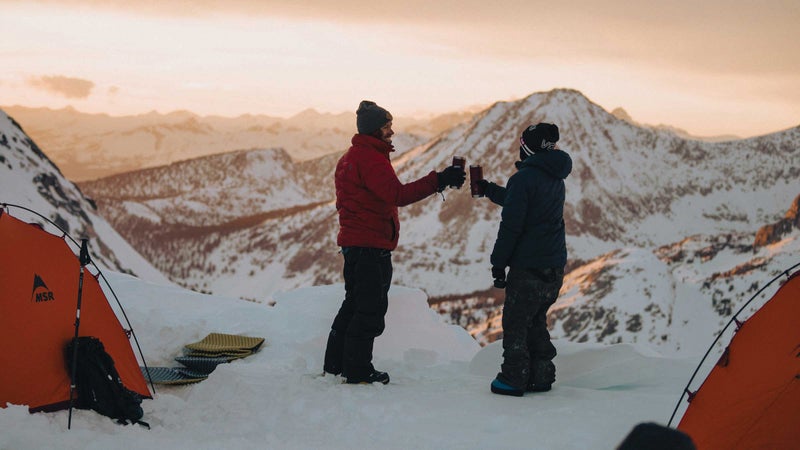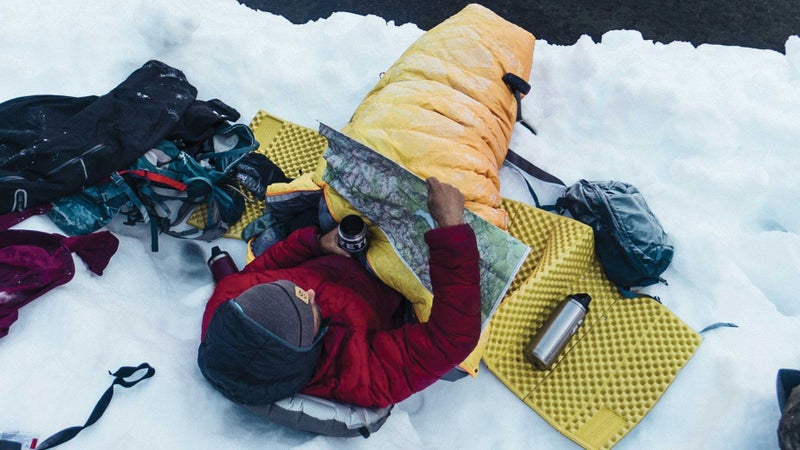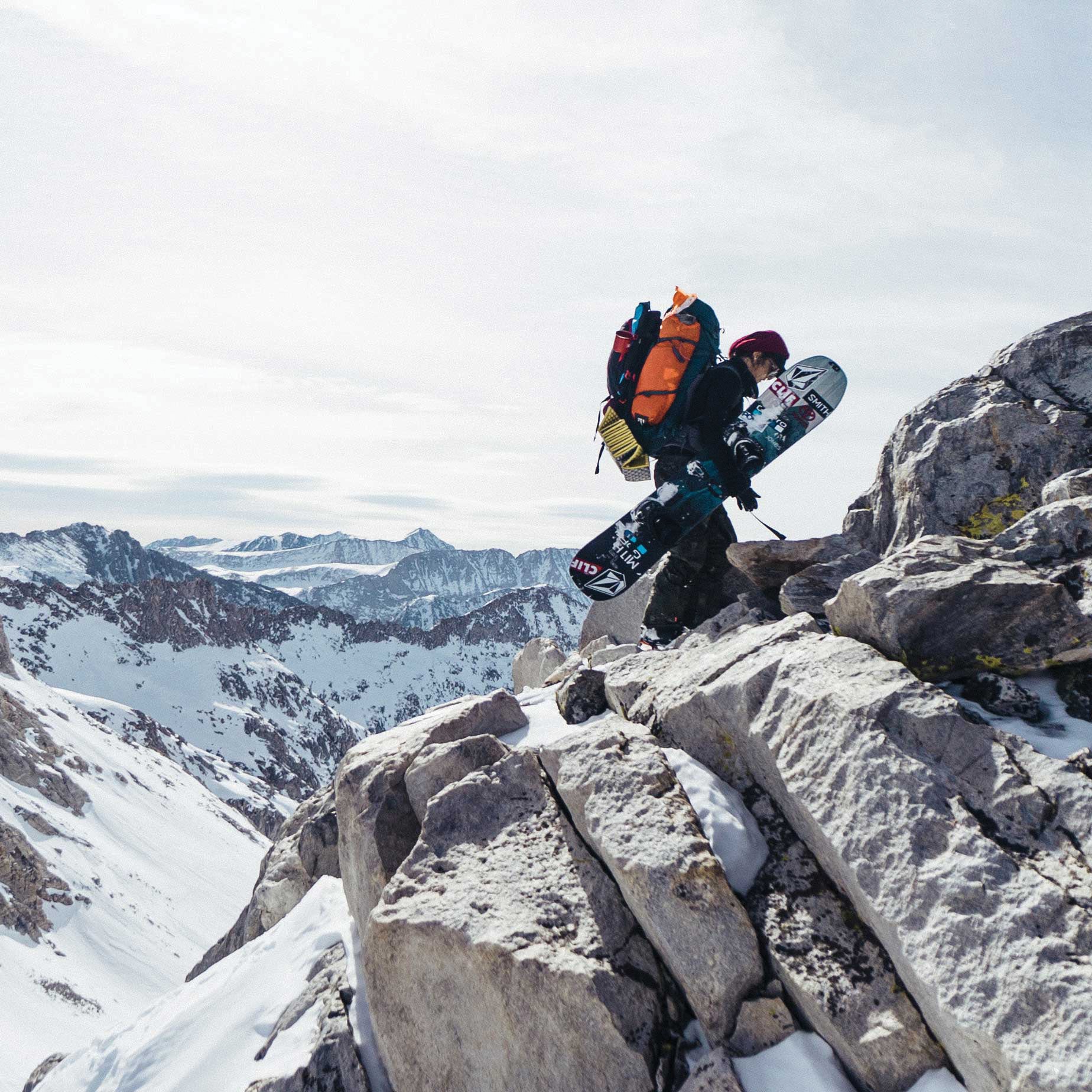Shot on location during a nine-day traverse of the John Muir Wilderness in the High Sierra, , one of the latest films from , is, in Jeremy Jones’s opinion, “unquestionably the most important film I’ve ever made.” Coming from Jones, who has appeared in some of the most iconic ski and snowboard films ever made, that’s saying something. It’s a TGR film, so the visuals are, of course, stunning. But it’s the movie’s themes that elevate it—namely, that Muir’s activist-minded environmental ethos is needed now more than ever. That vision is shared by film partner , which partnered with the to host a screening of Ode to Muir, followed by a panel discussion with Jones; Sierra Nevada founder Ken Grossman; Robert Hanna, John Muir’s great-great-grandson; and others at its brewery in Chico, California, on October 28. The film is on a national tour this fall and winter—here are five reasons you should see it.
1. It’s Unlike Any Action Sports Movie You’ve Ever Seen
For starters, expect long silences, sustained visuals of Sierra nightscapes, and voice-over John Muir quotes. What you won’t see are death-defying lines featuring helicopter athletes outrunning sluff avalanches to a pumping soundtrack. “I love those films, too,” says Jones. “But in this anti-environmental climate, I couldn’t just drop another “check out how rad I am” film. We understood from the get-go that we had to have the guts to let the story play.”

2. There’s a Mission
Back when Muir was alive, businesspeople and politicians actually still camped, hiked, and sat around campfires. That’s just not very common anymore. Recognizing this, Jones and Protect Our Winters, the climate advocacy group he founded on behalf of the winter sports community, didn’t want to spend their time and resources trying to convert indoor-dwelling climate change deniers to environmentalists. Not when there are untapped potential voters already playing in the mountains. “The way to achieve our climate goals is to get non-voters to vote,” says Jones. “We’re touring it in battleground states, getting it in front of people that weren’t going to vote or were on the fence.”
3. Muir Is Still Relevant
Muir lived and wrote most vigorously in the late 1800s, when our nation was rapidly industrializing and humans were first being separated from nature. The outdoor sports that we all enjoy today are the legacy of the simple hiking and rugged mountaineering that Muir regaled urbanites with 150 years ago. “It’s hard to be a climate denier if you’re a fisherman, a hunter, a kayaker, or a skier,” says Jones. “You have to have blinders on not to see it.”

4. The Notion of “Last Descents” Is Scary as Hell
When steep glacial ice melts due to climate change, the underlying rock often makes for a surface too jagged to ski—even in the height of the winter snowpack. That trend, combined with snow disappearing entirely at some elevations, means that many lines may never be skied again—that skiers are now, darkly, making “last descents” instead of first descents. “We’re seeing it in the southern Sierra,” says Jones. “And we’re seeing it in Chamonix. Certain snowfields that need year-round ice to hold snow come winter don’t have it any longer.”
5. The Takeaway Is Powerful
At the end of the film, when all the steep lines have been ridden and the crew wraps up its nine-day traverse of the wilderness, the voice-over quotes Muir musing about finding “something noble to strive for in life.” Says Jones: “If you’re a white male born when I was born, then talk about winning the lottery. We had it all. But we know the path we’re on is doomed. To sit on my hands in the face of that is something I can’t do. I hope the film inspires others to take action, too.”

